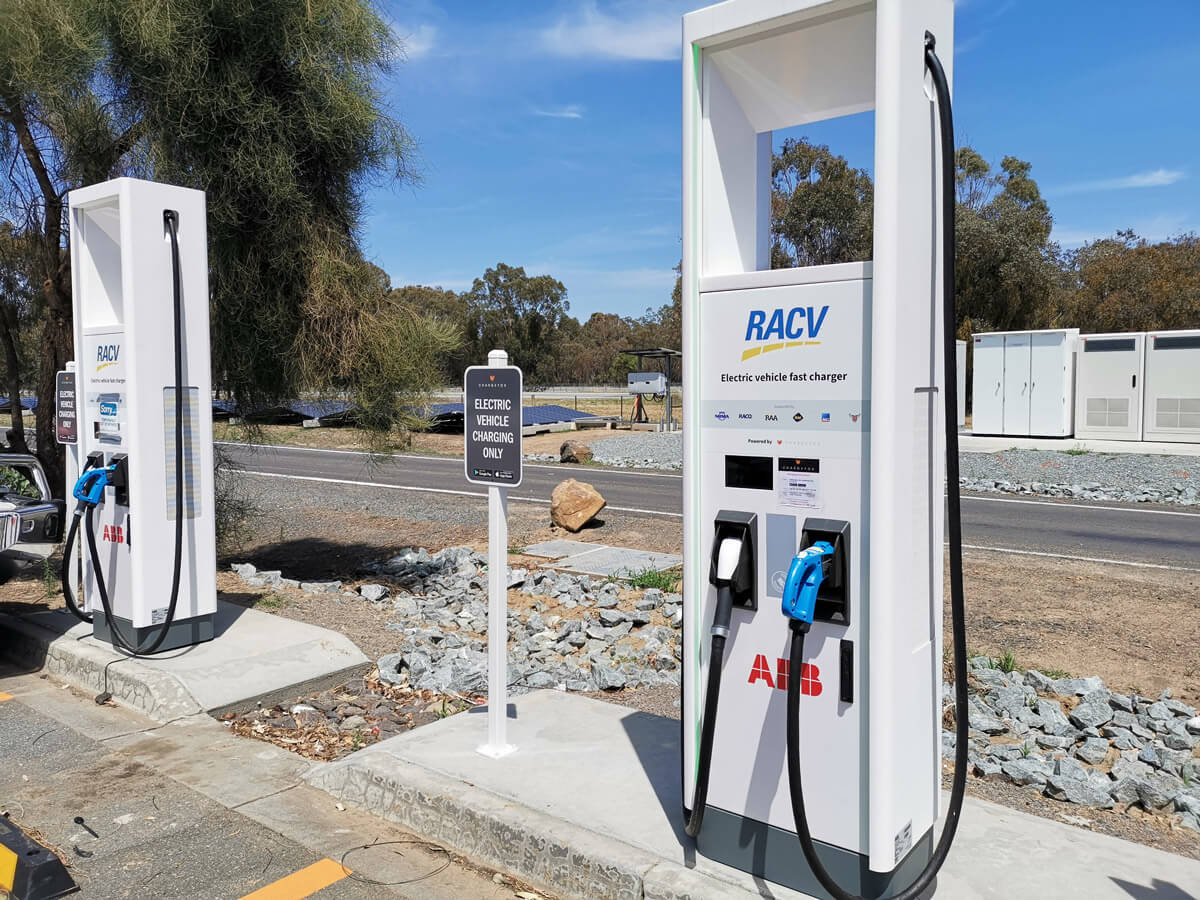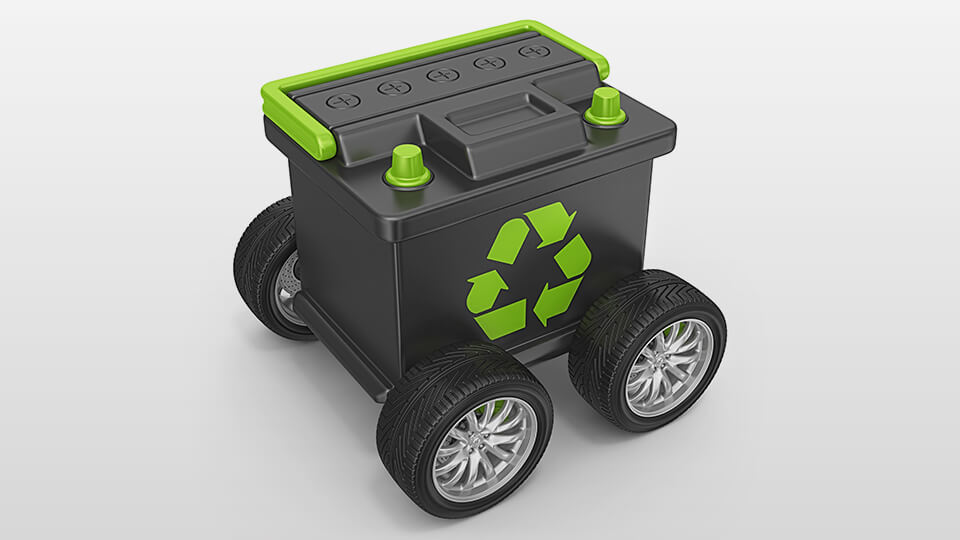With over 2% of new Australian cars now EVs, it is interesting to ponder how the Federal Government’s new tax incentives will increase EV ownership. More Australians will get behind the wheel of an electric car. All thanks to the changes that will reduce up front and ongoing costs.
Along with the November 22 legislation there is a fringe benefits tax (FBT) exemption for eligible cars made available to employees by employers. Furthermore, for a model valued at about $50,000, it means a $9,000 benefit to an employer. Additionally there is a $4,700 benefit to an employee using a salary sacrificing arrangement. The Government will apply the exemption retrospectively to eligible cars first used on, or after, 1 July 2022.
Eligible plug in hybrid electric vehicles will also be FBT exempt for deals entered into before 1st April 2025.
Clearly, the number of EV cars is set to increase. It is important to reflect on how the recharging infrastructure will develop. Importantly we need to recognise the challenges faced by the UK. Currently EVs sit at comparable levels to Australia in terms of overall percentage of new car sales.
The UK Experience
In the UK the public charging infrastructure has been subsidised by the government. First and foremost this has resulted in the installation of charging points in public spaces, including on-street and in car parks, on motorways and other strategic locations. Private charging points are growing in homes and workplace car parks.
One of the main issues in the UK has been the lack of standardisation in the charging network. Sadly there are several different types of charging plugs and connectors. Furthermore, not all charging points are compatible with all types of EVs. This makes finding a charging point a less than easy experience.
Charging points in rural areas have also not rolled out as quickly as in urban areas. Undoubtedly complicating recharging and potentially reducing the confidence of consumers in the rollout. Reported outages of charging points because of technical difficulties have also been an issue. In some instances, non- EV users have been using the charging stations
The University of Melbourne’s Management and Time of Use Tariffs report published late last year outlines some of the challenges. The importance of a unified distribution network is noted, as well as more work on EV management strategies. One of the major issues is the time of use for recharging. Can we shift charging time to off-peak periods, assisting an already stressed energy grid? The UK plans to pass legislation that will see EV home and workplace chargers being switched off at peak times to avoid blackouts.
The rollout of EVs is a challenging issue. With the new infrastructure required, effective planning needs to recognise the potential fast adoption that Australians have for new technology. The tax concessions may well fast track a switch to EV’s, Recharging and the tariff methods used will need to be carefully thought through.





